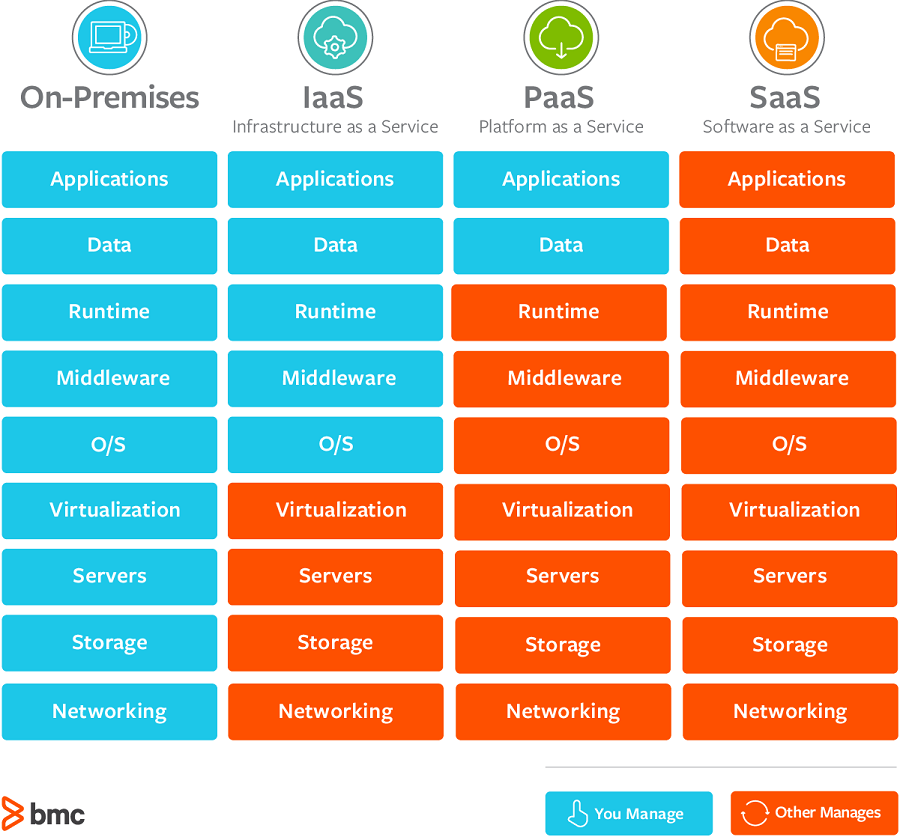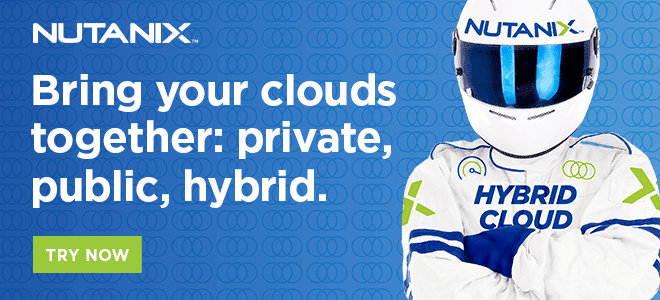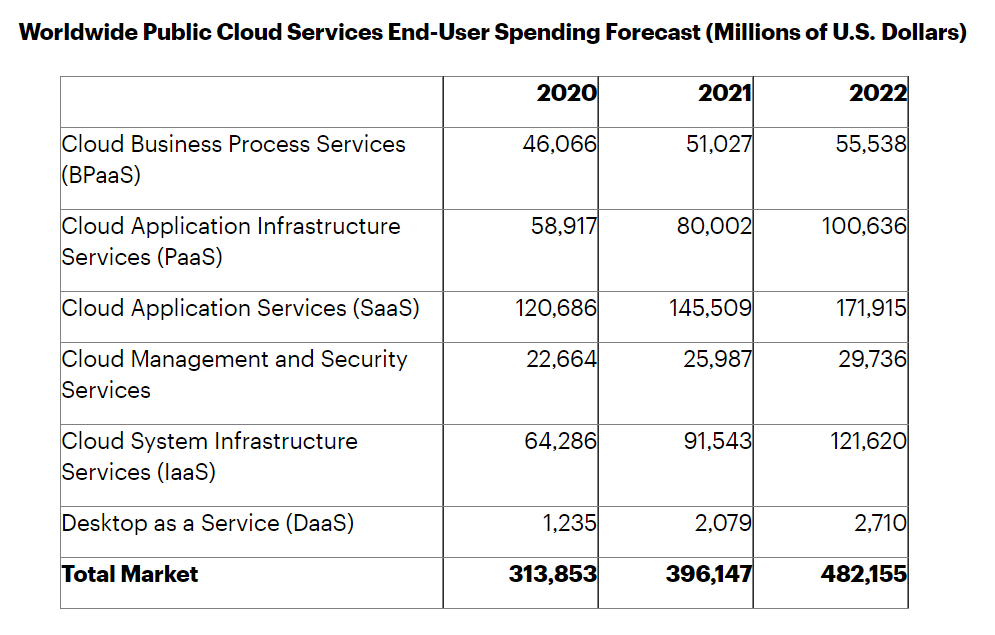The cloud is clearly the present and the future of computing and technology infrastructure. Organizations of all sizes, in pretty much every vertical, have already adopted and deployed cloud-based apps and services as part of their current IT functions.
Cloud has evolved to encompass public (or off-premises) cloud services and private (or on-premises) cloud technology-powered data centers. For the past few years, IT pros say hybrid multicloud is the “ideal IT operating model” for their organizations, as reported by the Nutanix Enterprise Cloud Index (ECI).
Public cloud adoption continues to grow while cloudification of owned data centers is becoming the norm with virtualization and hyperconverged infrastructure (HCI) technologies – 92% of ECI respondents who currently run on-premises infrastructure have deployed or plan to deploy HCI. With the technology and cloud markets having matured significantly, IT leaders have clearly indicated that business outcomes take precedence over cutting costs. The hybrid cloud infrastructure remains a draw because it offers a great many business benefits over competing IT deployment models.
Among those who use public clouds, more than 70% of ECI respondents were expected to use two or more public clouds by the end of 2020. This indicates that businesses are looking for the flexibility delivered by different public cloud providers.






